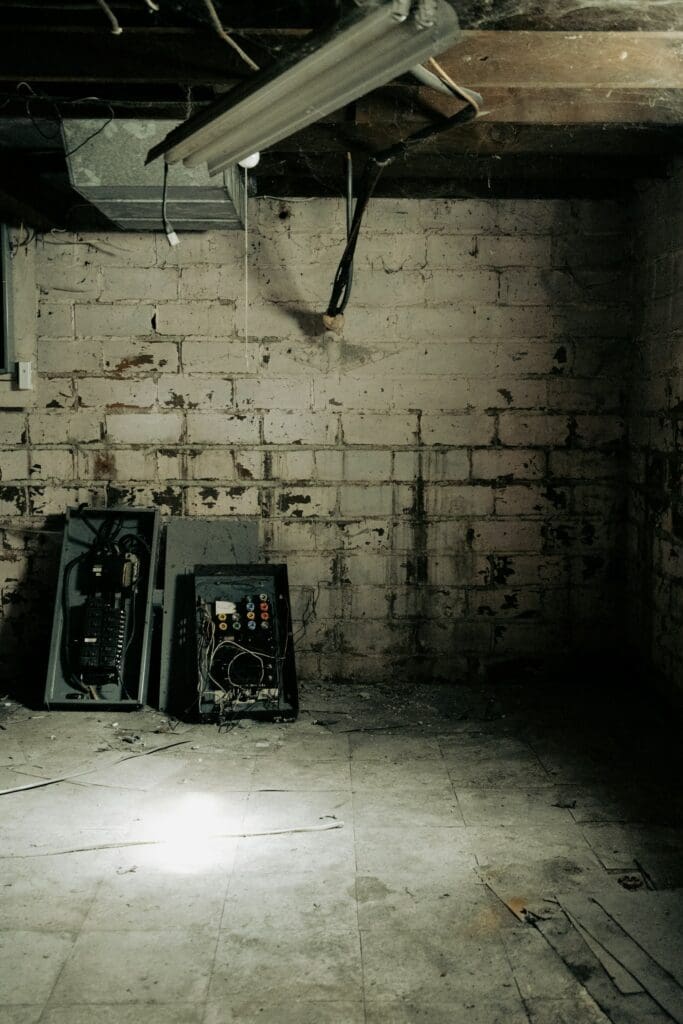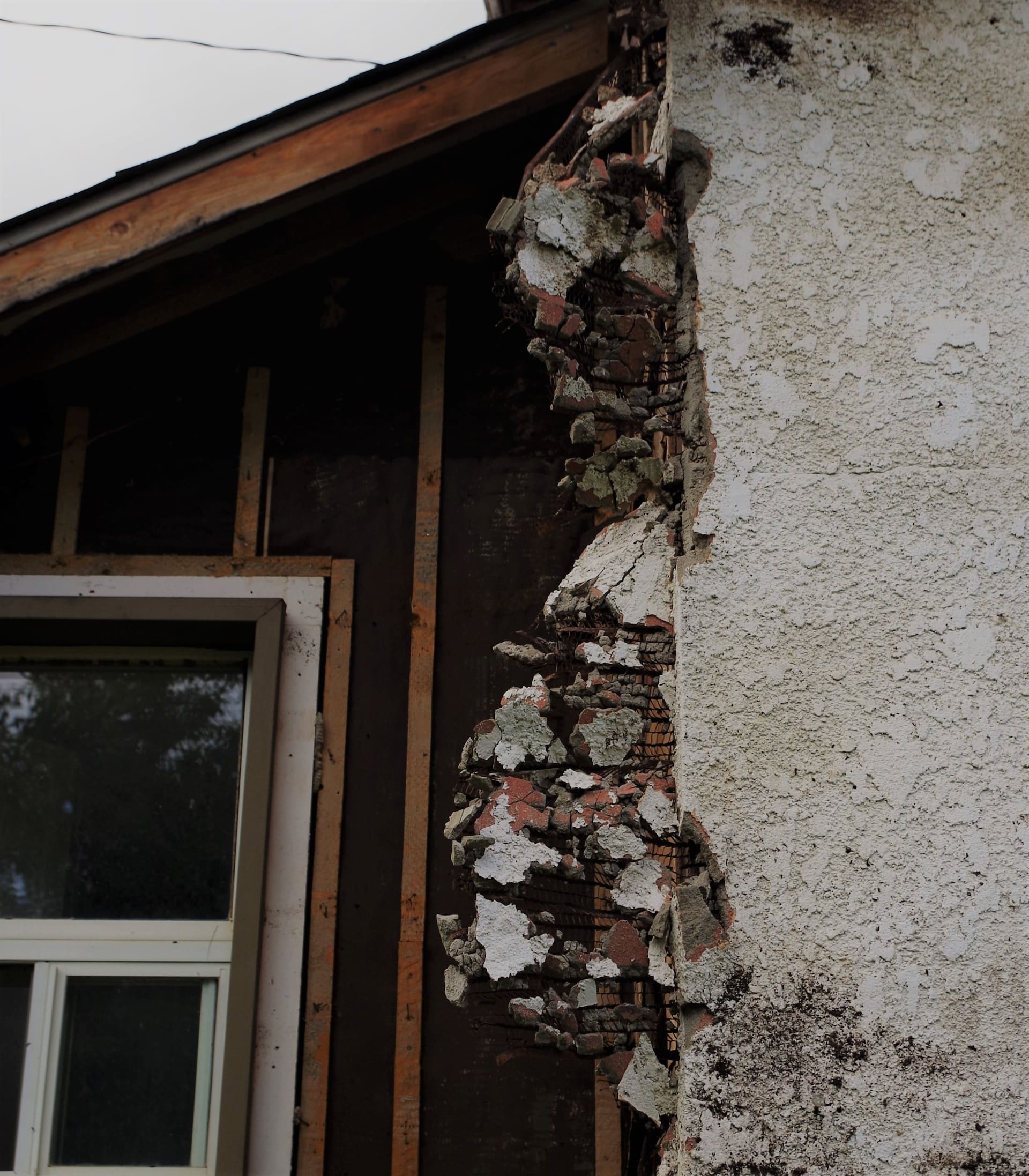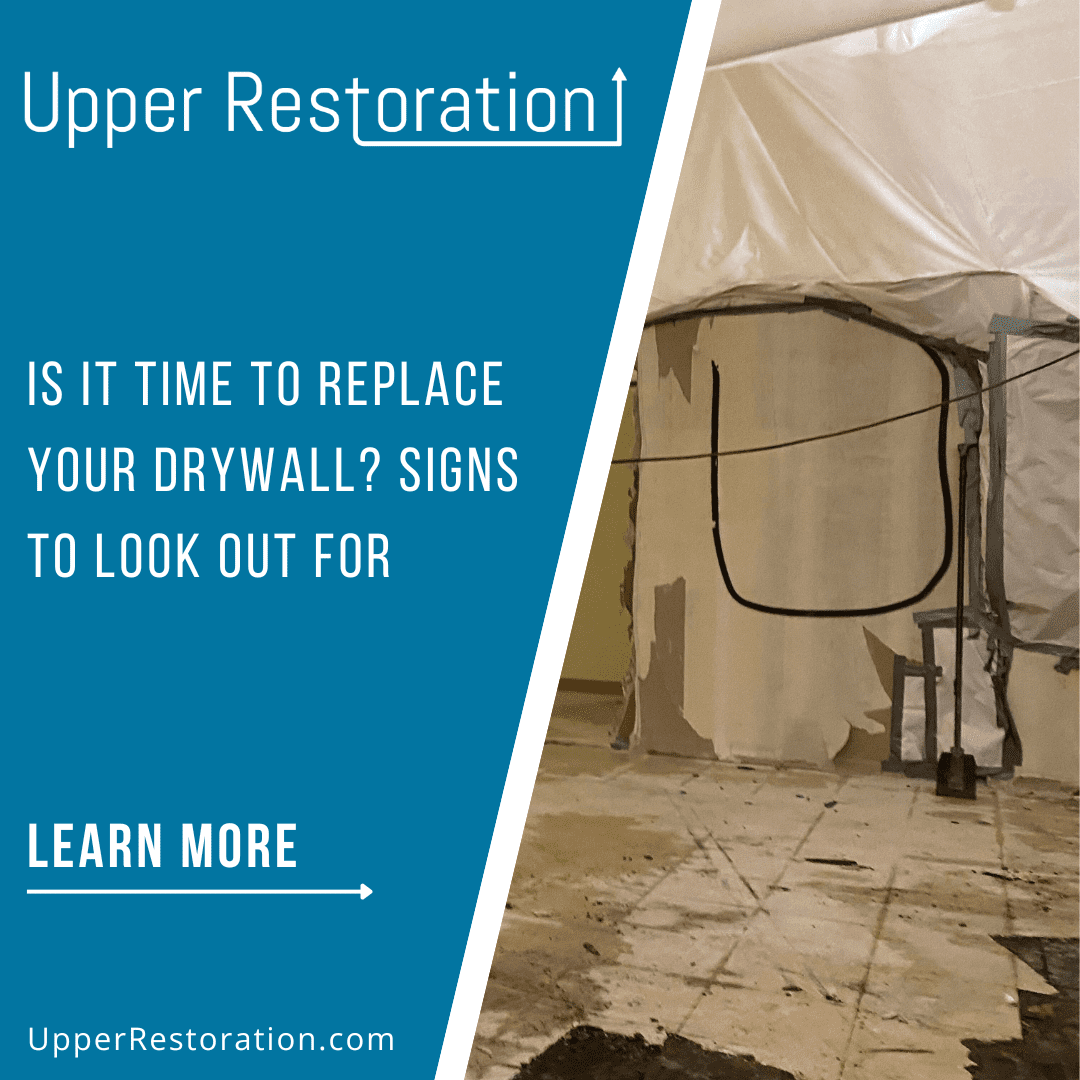Introduction
For many homeowners on Long Island, a common and frustrating issue is flooding in basements. This problem, if not addressed promptly and accurately, can lead to extensive property damage and significant health concerns. This comprehensive article will provide you with vital information about the causes of basement flooding, the risks associated with a flooded basement, and the necessary steps to prevent and manage such situations.
Part 1: Understanding Why Basements Flood
Flooding in basements can occur due to several reasons. The most frequent causes include heavy rains, insufficient drainage, and issues with the home’s plumbing system. Comprehending why your basement is flooding is crucial in resolving the issue and preventing similar situations in the future.
Chapter 1: Heavy Rains
Located in the Atlantic hurricane belt, Long Island often experiences heavy rains, especially during the hurricane season extending from June through November. When the ground becomes oversaturated with rainwater, it can seep into the basement, leading to flooding. The region’s high water table also contributes to water accumulation in basements.
Chapter 2: Poor Drainage
Inadequate drainage is another significant contributor to basement flooding. If your home is situated in a way where the ground slopes towards it, water can accumulate around the foundation and eventually find its way into your basement. Homes without proper guttering and downspouting systems also face a higher risk of basement flooding due to rainwater directly dripping around the foundation.
Chapter 3: Plumbing Problems
Issues within your home’s plumbing system, such as leaking or burst pipes, can cause water to pool in your basement. Even the smallest of leaks can lead to significant flooding over time if left unchecked. It is, therefore, essential to regularly inspect and maintain your plumbing system to prevent these issues.
Part 2: Recognizing the Dangers of a Flooded Basement
A flooded basement poses more than just an inconvenience; it’s also a significant health and safety risk. From causing structural damage to the house to creating an environment conducive to harmful mold growth, the dangers are numerous.
Chapter 1: Health Risks
Standing water in a flooded basement can lead to mold and mildew growth, which can cause a range of health problems, including allergies, asthma, and other respiratory issues. Bacteria and other pathogens can also proliferate in standing water, posing additional health risks.
Chapter 2: Safety Hazards
If the floodwater comes into contact with electrical outlets, appliances, or wiring, it can create a risk of electrocution. Additionally, water can weaken the structural integrity of the house, especially if flooding is a recurrent issue.
Part 3: How to Prevent Basement Flooding
To save yourself from the hassle and dangers of a flooded basement, consider implementing preventive measures. These include improving your home’s drainage, installing a sump pump, and maintaining your home’s plumbing system.
Chapter 1: Improve Drainage
Improving your home’s drainage can prevent water from pooling around your home and seeping into your basement. This can involve regrading your yard to slope away from your home, installing gutters and downspouts to direct rainwater away from your home, and adding a French drain system.
Chapter 2: Install a Sump Pump
Installing a sump pump can effectively remove water that accumulates in your basement. This device is particularly useful in homes with a high water table or those prone to basement flooding.
Chapter 3: Maintain Your Plumbing System
Regularly inspecting and maintaining your home’s plumbing system can prevent issues that lead to basement flooding. This includes promptly fixing leaking pipes, insulating pipes to prevent them from freezing and bursting, and regularly checking your home’s water heater for signs of leaks or corrosion.
Part 4: Dealing With a Flooded Basement
Despite all preventive measures, if your basement does flood, it’s imperative to deal with the problem as soon as possible. This involves several steps: removing the water, drying out the basement, cleaning and disinfecting the area, and repairing any damage. It’s always best to contact and hire professionals to safely remove water and repair basements affected by water damage. They have the necessary expertise and equipment to handle the situation effectively and prevent further damage.
Conclusion
While basement flooding is a common issue among homeowners in Long Island, there are numerous steps you can take to prevent and manage the situation. By understanding why basements flood, recognizing the dangers of a flooded basement, and knowing how to prevent and deal with flooding, you can safeguard your home and your health.




